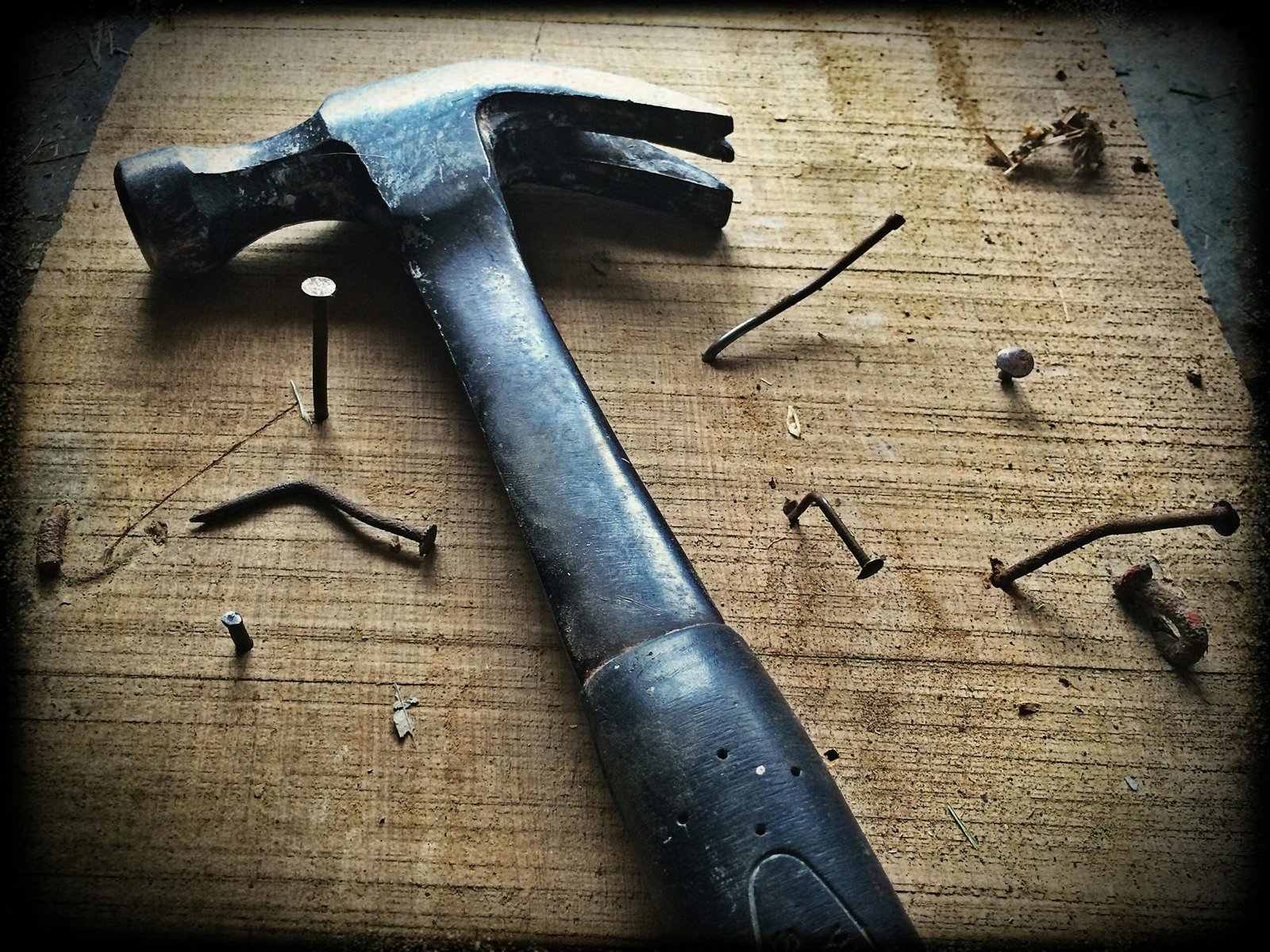Electricians play a vital role in residential, commercial, and industrial projects, dealing with complex electrical systems that require skill and expertise. However, with great responsibility comes potential risks, and electricians are often exposed to a variety of hazards in their line of work. This is where electrician liability insurance comes in—a crucial safeguard to protect electricians from financial loss due to accidents, injuries, or damage caused while performing their duties. If you’re an electrician looking to secure liability insurance, here are the steps you need to follow to obtain it.
1. Assess Your Insurance Needs
The first step in obtaining electrician liability insurance is to evaluate your specific needs. This means understanding the risks associated with your work and the level of coverage you require. For example, electricians working on high-voltage commercial projects may need higher coverage limits than those working solely on residential homes. Think about the types of projects you typically handle and any potential risks that could arise from your work, such as property damage, bodily injury, or defective installations.
Electrician liability insurance usually covers general liability, which includes claims for bodily injury and property damage. It may also provide coverage for legal fees and medical expenses related to such incidents. However, you may need additional coverage, such as professional liability insurance, which protects against claims of negligence or improper advice. Evaluating your needs thoroughly will help ensure you purchase the appropriate coverage.
2. Research Insurance Providers
Once you have a clear understanding of the coverage you need, the next step is to research insurance providers. Many insurance companies offer electrician liability insurance, but it’s important to choose one that specializes in covering the unique risks electricians face. Working with an insurer who understands the industry ensures that you get comprehensive protection tailored to your profession.
Look for companies that provide specialized policies for electricians and have a reputation for excellent customer service and claims handling. Reading online reviews and seeking recommendations from fellow electricians or professional associations can help you narrow down your options. Visiting websites like Biz2Insure can give you a head start in finding reliable insurance providers with experience in electrician liability coverage.
3. Compare Quotes
After researching potential insurance providers, the next step is to compare quotes from different companies. Each insurer may offer different rates based on various factors, such as your experience level, the size of your business, and the scope of your projects. Additionally, the cost of liability insurance can vary depending on the amount of coverage you select.
When comparing quotes, make sure you’re looking at more than just the price. Consider the coverage limits, exclusions, and any additional features each policy offers. For instance, some insurers may offer add-ons like tools and equipment coverage or cyber liability insurance, which can be beneficial for your business. Obtaining multiple quotes allows you to compare both the cost and the value of each policy before making a decision.
4. Choose the Right Policy
Once you have compared your options, it’s time to choose the policy that best fits your needs. Selecting the right policy means balancing affordability with adequate protection. Ensure that your policy covers all the essential areas of risk, including general liability, property damage, and bodily injury claims.
In addition to general liability coverage, electricians may also want to consider other types of insurance, such as:
- Workers’ Compensation: If you have employees, workers’ compensation insurance is often legally required and helps cover medical expenses and lost wages if they are injured on the job.
- Commercial Auto Insurance: If you use vehicles for work purposes, this coverage can protect you against claims arising from accidents involving your work vehicles.
- Professional Liability Insurance: This provides coverage for claims of negligence, errors, or omissions in your work.
Make sure to carefully review the terms and conditions of your chosen policy to ensure that it covers the specific risks you face in your daily work.
5. Apply for Insurance
After selecting your policy, the next step is to apply for electrician liability insurance. Most insurance companies make the process straightforward, and many allow you to apply online. You will typically need to provide detailed information about your business, including:
- The type of work you do (residential, commercial, or industrial projects)
- Your years of experience and any certifications you hold
- The size of your business and the number of employees (if applicable)
- The types of tools and equipment you use
- The locations you serve
Once you submit your application, the insurer will evaluate the risks associated with your business and determine your eligibility for coverage. In some cases, you may need to undergo a risk assessment or provide additional documentation, such as proof of training or certification.
6. Review and Finalize the Policy
Once your application is approved, review the final policy details to ensure everything is accurate. Check the coverage limits, exclusions, deductibles, and any other conditions of the policy. Make sure all aspects of your business are adequately covered before signing the agreement.
If you have any questions or concerns about the policy, now is the time to address them with your insurer. It’s important to fully understand your coverage so that you know what to expect in the event of a claim.
7. Maintain and Update Your Coverage
Once you’ve obtained electrician liability insurance, it’s important to maintain your coverage by paying your premiums on time and updating your policy as your business grows. If you take on larger projects, hire additional employees, or expand your services, you may need to increase your coverage limits or add new types of insurance.
Regularly reviewing your policy ensures that your business is always protected, and you avoid potential gaps in coverage.
Conclusion
Obtaining electrician liability insurance is an essential step in protecting your business from the financial risks associated with accidents and claims. By following these steps—assessing your needs, researching providers, comparing quotes, choosing the right policy, applying, and maintaining your coverage—you can ensure that your business remains safeguarded from unexpected liabilities. For more information or to get started, visit Biz2Insure and explore the available insurance options tailored for electricians.


